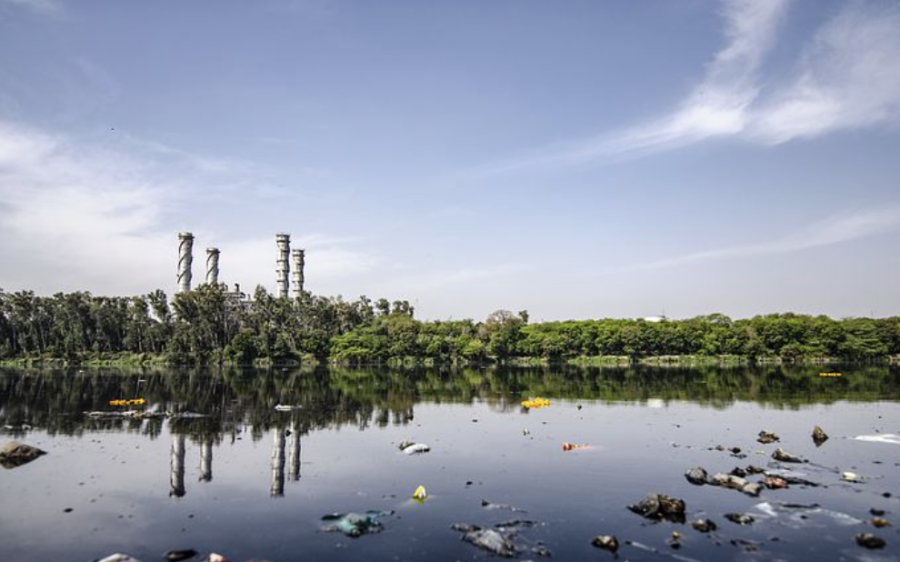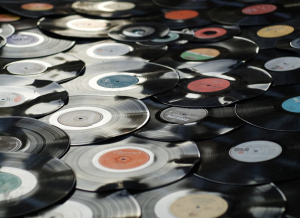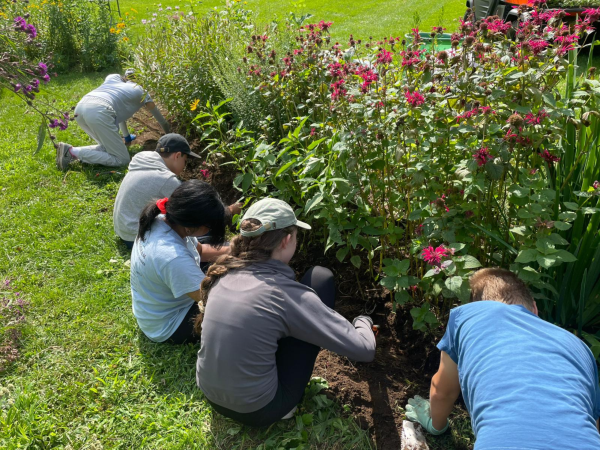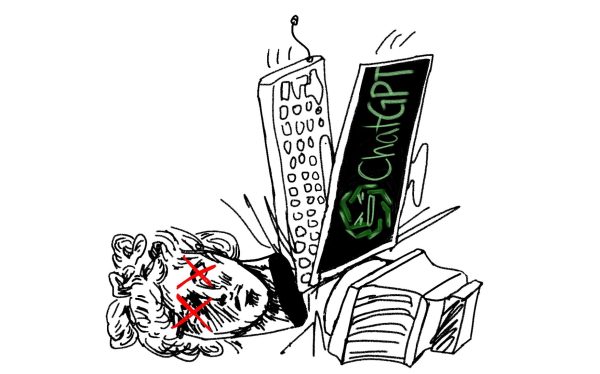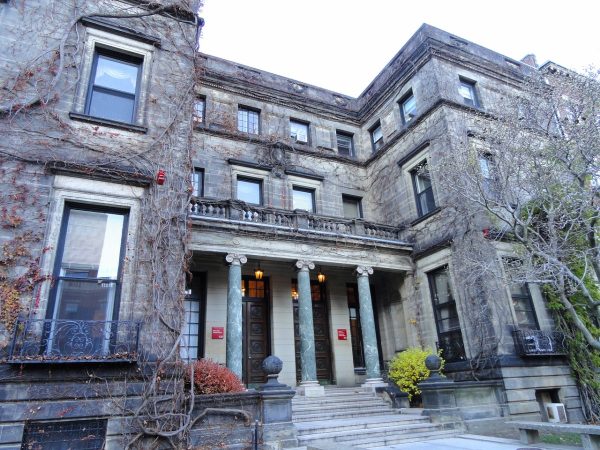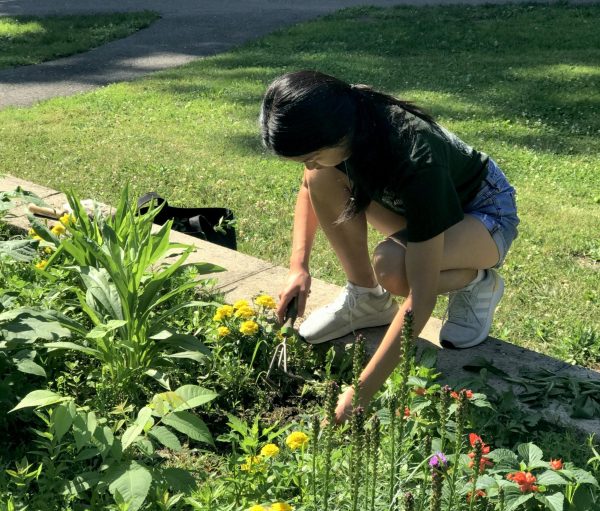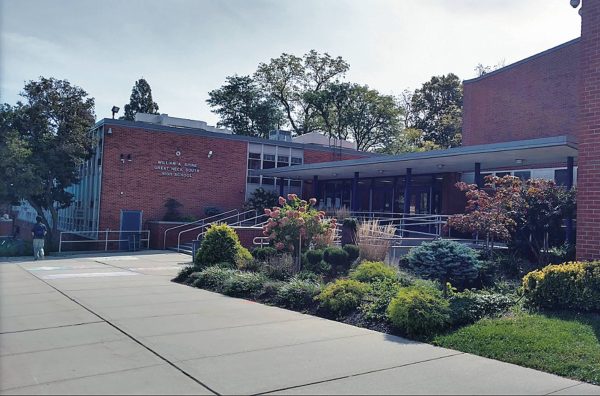Wait… What’s In My Water? 🤔
March 24, 2022
We’ve all heard it. Water is the source of all life; life cannot exist without water. Every single organism on the face of the planet is dependent on water for its survival. As for us humans, try going a week without water. You’d be dead. If water is essential for survival, then water is a fundamental human right: all people, regardless of their socioeconomic background or geographic location, deserve access to clean and safe water.
But of course, that’s more of an ideal than a reality. Across the globe, 1 in 3 people don’t have access to safe drinking water. And in the US, somewhere between 9 million and 45 million Americans drink water from a source that is in violation of the Safe Drinking Water Act. That’s clearly a significant source of concern and injustice, but we live on Long Island: Nassau and Suffolk counties are both in the top 25 richest counties in the richest country in the world. So it seems fair to assume that access to clean and safe drinking water shouldn’t be much of an issue for us. It seems as though it would be more of a faraway problem for someone else, somewhere else, to worry about. But contaminated water is right here with us. Long Island has the most contaminated drinking water in New York State, Nassau County has the highest number of water systems exposed to cancer-causing chemicals, and Nassau and Suffolk Counties have the highest levels of 1,4 dioxane in the entire nation. This is the water that each of us and up to 16 million other people are dependent on.
How did this happen, here of all places? The water we drink and use in our everyday lives comes from an aquifer deep underground. While the aquifer filters out bacteria, dirt, and small solids, it doesn’t filter out cancer-causing chemicals, such as 1,4 dioxane and perfluorinated compounds, such as PFAS. In a more perfect world, this wouldn’t be much of an issue because 1,4 dioxane and PFAS wouldn’t be in our water in the first place. But for years, the disposal of chemical waste from private companies into our environment has been contaminating Long Island’s water. And thanks to these corporations’ actions, today, Long Island has over 250 contaminated groundwater sites (also known as superfund sites.)
1,4 dioxane and PFAS are more than just strange sounding chemical names: their health effects are detrimental and deadly. Just in the short term, exposure to 1,4 dioxane can cause irritation in your eyes, nose, throat, and lungs. But if you’re exposed to it over an extended period of time (as one would be if they were drinking water from the same contaminated source daily over years), 1,4 dioxane can cause cancer and chronic problems all over your body: in the kidney, bladder, lungs, colon, nasal cavity and skeletal muscle tissue. Then, there’s PFAS, which has been linked to all sorts of illnesses, such as testicular and kidney cancer, thyroid disease, high cholesterol, ulcerative colitis, and pregnancy-induced hypertension. And upon conducting research on animals, scientists have found that PFAS is even worse than initially anticipated; it can cause offspring developmental issues, reduce immune system functioning, and damage the activities of the endocrine system.
When there are threats to public health and safety, the government holds the responsibility of taking action to assess and address the threat. Thankfully, New York State recently passed a law requiring water providers to begin the process of removing the contaminants found in their water wells, effective immediately. But there was an alternate option: if there were too many contaminants to be removed in 3 months, the provider would be granted a deferral and 2 additional years to remove the contaminants. If companies took a deferral, they were required to write a letter to their customers, informing them that their water doesn’t meet the state’s drinking standards. Let’s be clear: the contaminants in this water can cause serious and often life-threatening health issues. But when an alarming 21 water providers applied for deferrals and sent letters to residents, many hid or outright misled the public on the implications of the contamination, some even claiming that water was “safe for all uses.”
At the absolute bare minimum, residents should be informed about the quality of the water we drink and use on a daily basis. That’s what we need so that we can make the right decisions for our health and safety. I’ve lived on Long Island for 14 years, and until my teacher mentioned the issue in AP Enviro (shoutout to Ms. Cipriano), I had no idea that water quality was something to even be concerned about. But it’s our responsibility to know what’s in our water. So, if you want to find out, you can enter your zip code or utility’s name into the Environmental Working Group’s (EWG) Tap Water Database. While many run to the store for filters to filter contaminants from their water, keep in mind that most store-bought filters are not designed to and cannot remove PFAS from water. To learn what steps you can take to actually remove your water’s contaminants, use the EWG database.
Though individual and government action against water contamination is necessary, let’s remember who caused this crisis: manufacturers and companies. If governments are funding the cleanup, that really means taxpayers are funding the cleanup. So, corporations working in their own self interests contaminated water for Long Island residents. Then, after they’re left with unsafe drinking water, citizens pay for the mess that corporations brought into their lives while corporations walk away. That doesn’t add up. That’s why the Town of Hempstead joined over 25 water suppliers to sue corporations for “knowingly and willfully” selling products containing “this harmful compound” they were aware “would inevitably reach groundwater.” The corporations responsible should be held accountable. This cleanup will inevitably be funded, but it should be funded by companies, not Long Island residents. If you want stronger environmental policy, reach out to your elected representatives at the local, state, and national levels to voice your concerns and advocate for new legislation. You have the power to let them know that their policy doesn’t go unnoticed by the people it impacts.
Even though corporations should hold the ultimate responsibility of addressing the environmental issues they helped create, each of us can take action individually to improve our collective wellbeing. You can help clean up local water sources by joining beach, stream, or wetland cleanups and you can raise awareness on social media and by posting signs near water sources to inform people about the potential danger from water pollution. Ultimately, we all have a role to play in protecting our water; because right now, we don’t have a choice.

